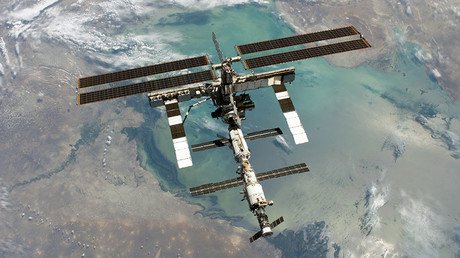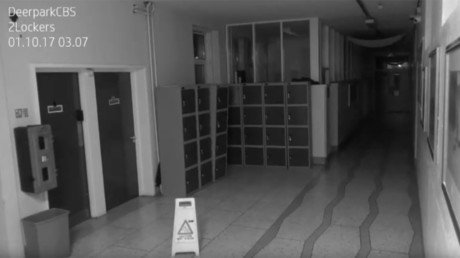Alien bacteria & a drowning Italian: 5 craziest things from first 20 years on the ISS

Life in space isn’t all taking Earth selfies and sitting on a stationary bike. In honor of the 20th anniversary of Russia’s launch of the first International Space Station module – here are the oddest stories from orbit.
Italian astronaut Luca Parmitano nearly drowns – inside his spacesuit
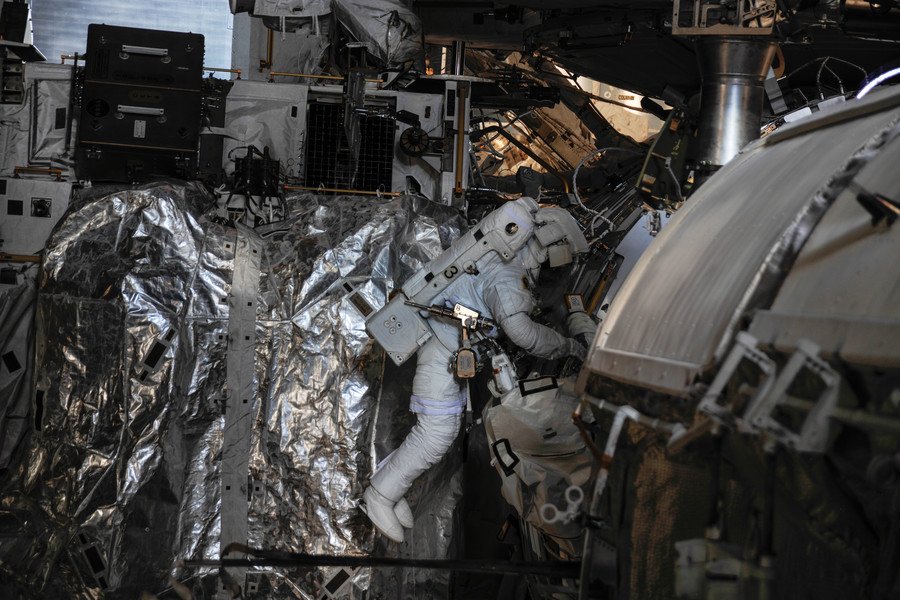
On a list of horror scenarios for an astronaut, seeing your helmet fill up with liquid as you dangle helplessly attached to a space station traveling at 26,600 km/h per hour must rank near the top.
This is exactly what happened to ESA first-timer Luca Parmitano during a spacewalk on July 16, 2013 when coolant leaked into his air supply.
Here he is describing the experience he compared to being “a goldfish inside a fishbowl” – as he realizes floating water particles are gluing themselves to his eyeballs and going up his nostrils.
"I feel it covering the sponge on my earphones and I wonder whether I’ll lose audio contact. The water has also almost completely covered the front of my visor, sticking to it and obscuring my vision," said the Italian in a space transmission. “The water covers my nose — a really awful sensation that I make worse by my vain attempts to move the water by shaking my head."
"By now, the upper part of the helmet is full of water and I can’t even be sure that the next time I breathe I will fill my lungs with air and not liquid.”
Almost blinded and deafened, Parmitano climbed back into the airlock by feel, into the arms of the rest of the terrified crew.
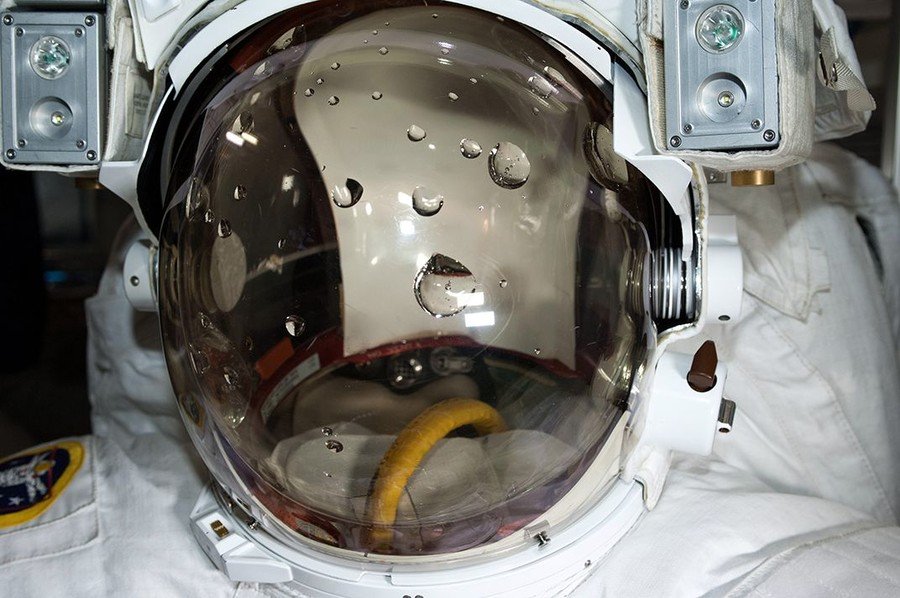
Either strong of nerve, or maybe because he was an aquanaut before he was an astronaut, Parmitano will return to the ISS in July next year, and will subsequently command Expedition 61.
Extraterrestrial life forms are found on the outer surface – or are they?
“These bacteria were not on the module when it left Earth,” revealed Russian cosmonaut Anton Shkaplerov in November 2017, after samples collected from the hull of the ISS were analyzed back on Earth.
“That is, they have come from outer space and settled along the external surface. They are being studied so far and it seems that they pose no danger," continued the cosmonaut to a million bemused “Uh huhs.”
Not everyone was convinced. Skeptics claim that the microorganisms may have been the result of contamination, forced up into orbit – over 200 miles above the surface – by atmospheric phenomena.
READ MORE: Earth must strengthen its defenses against mutant space bacteria – Russian scientists
But Shkalperov’s suggestions are not nonsense to whet the appetite of UFO hunters – recent research suggests that space dust carrying microorganisms may have started life on Earth itself billions of years ago.
But something weird is also growing inside the ISS
Likely the most significant research conducted at the station over the past two decades is concerned with how the human body copes with prolonged exposure to space and weightlessness – a necessary prerequisite for any future mission to Mars and beyond.
READ MORE: NASA sends bull & human sperm into space for reproduction study
But perhaps the most puzzling scientific finding at the ISS has been the flatworm that spent five weeks in space last year. Upon its return to Tufts University in Massachusetts researchers discovered that the worm had developed an incredibly rare two-headed mutation. Its genetically identical other half (flatworms are able to grow after being sliced apart), which had spent the time back in the lab, remained completely normal.
Now, scientists are pondering what exactly is forcing these mutations in space. And the answer may be relevant not only to our invertebrate brethren, but also the very space colonists who plan to venture beyond the solar system.
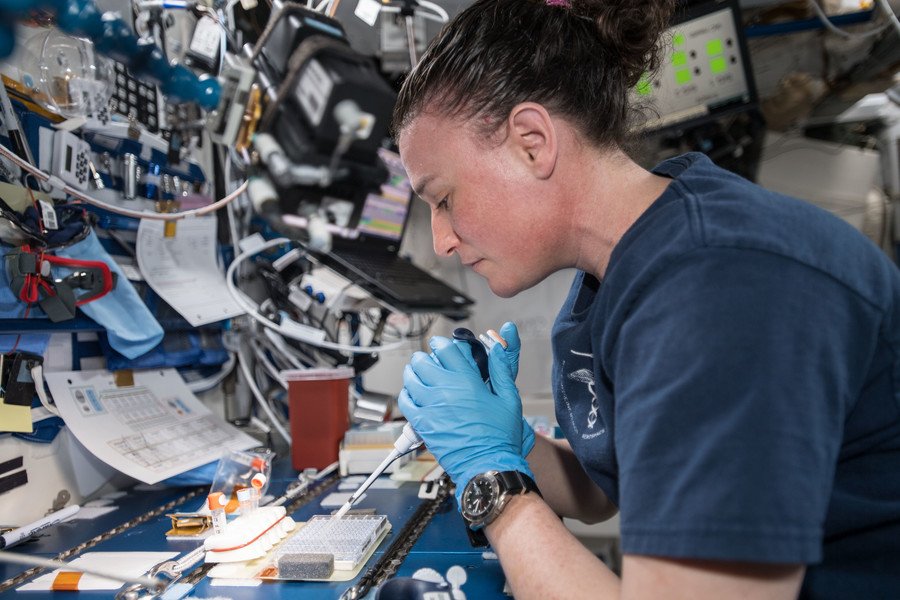
Who drilled the hole into space?

Sometimes the cover-up is worse than the original misdemeanor, even as the actual 2 mm diameter hole discovered on the Soyuz module at the ISS in August was patched over in just minutes.
But the fact that it was there in the first place multiplied by terrestrial tensions between Moscow and Washington created a genuine incident.
Why was the hole initially reported as a meteor strike? When was it drilled? And by whom? Was this honest oversight, or perhaps a refusal to admit sloppy work with a drill, or an act of disgruntled revenge? Is there more damage yet to be discovered? From Baikonur engineers to American astronauts, everyone is a suspect, and nearly three months later, a high-powered investigation is still ongoing.
Major Tom to Ground Control
We know that they are doing this out of a public service duty to popularize space exploration, but ISS crew members appear to have an inordinate amount of time to indulge their artistic hobbies. From creating video blogs, to playing the bagpipes, to taking some of the best photos (not) on Earth.
But still nothing has topped the viral impact and artistic perfection of melancholy-mustachioed NASA Commander Chris Hadfield performing David Bowie’s Space Oddity in 2013 while longingly looking out of an actual spaceship.
Now, some might say it is an obvious choice, but just look at his tear-filled eyes. He really knows what it’s like in space, so cold and beautiful and unknowable. And over the last 20 years, we feel like we almost do too.
Igor Ogorodnev
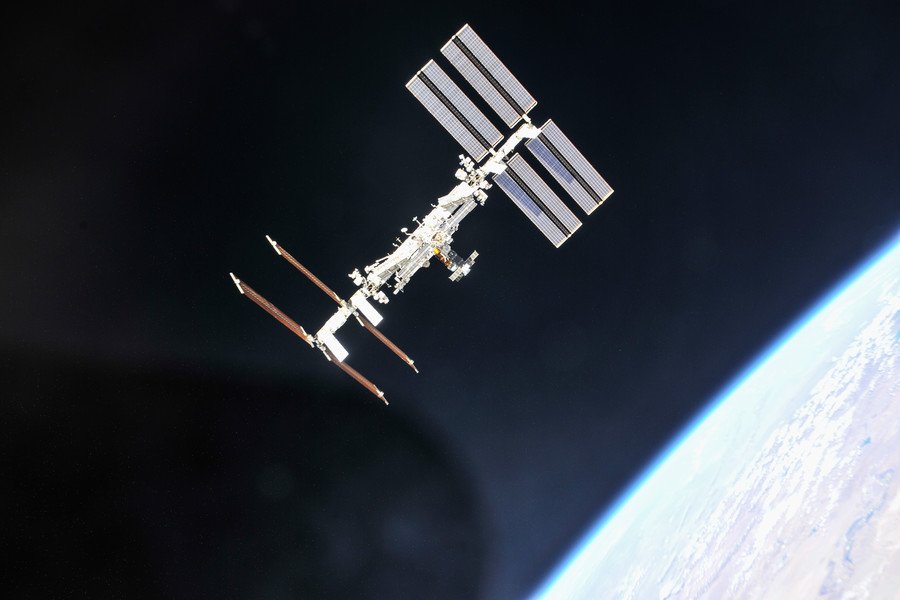
Like this story? Share it with a friend!
